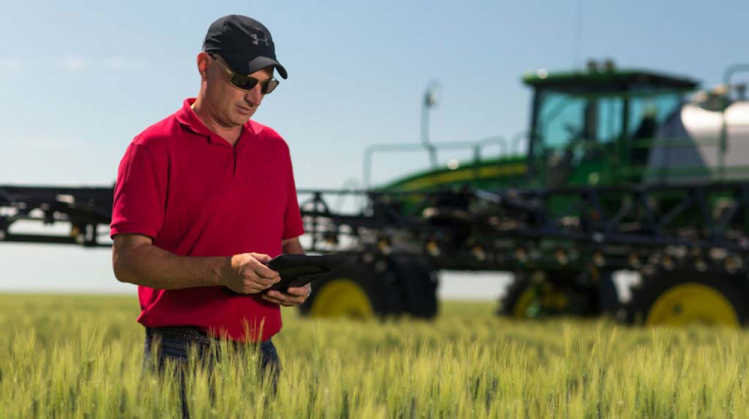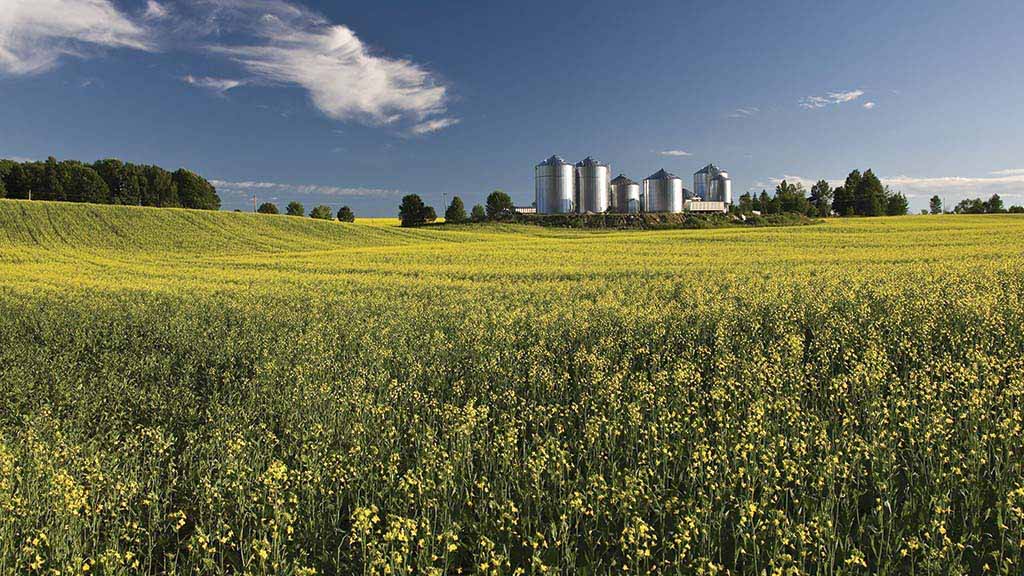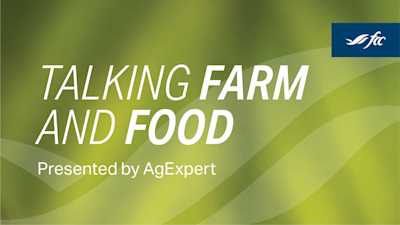What’s your decision-making style on the farm?

Everyone has their own way of making decisions. Some people are disciplined, systematic analysts. Others listen to their gut. Many, if not most, combine both approaches to one degree and another.
Are there decision-making best practices that farmers can adapt to their own situations? Here are the views of a farmer and a business professor who also happens to be a farmer.
The farmer
When you consider the scale of Jeff Carlson’s farming and business operations, it seems clear that many sound decisions have been made over the years.
I think a farmer is more likely to regret the land purchase they could have made but didn’t.
“I’m the fourth generation on our farm,” he says. “We’ve been here 120 years, so I’ve definitely seen the benefit of long-term thinking, even thinking that looks beyond one or two generations.”
To this solid farming and land-owning heritage, Carlson brings a systematic approach to making decisions. It works for his day-to-day agronomic choices, but the same process largely applies when he looks years if not decades down the road.
Set a timeline. If a decision needs to be made, such as on a land purchase, Carlson believes it’s important to establish a deadline. “Otherwise, you can get caught up in a kind of analysis paralysis,” he says, “where you just keep looking at the same data over and over again, but nothing happens.”
Ask for input. Carlson seeks advice from his lawyer and accountant, as well as friends and current and former business partners. “Your accountant and lawyer are trained to be cautious,” says Carlson, a lawyer himself. “That is valuable, but if you were too cautious, you would never end up doing anything.”
Do research into the business environment. Carlson reads extensively among agriculture and business-related media. He also attends industry conferences and trade shows and is open to ideas from consultants he works with. This input reflects the climate in which Carlson’s decision will be made.
Consider the dimensions of the decision. With 19,000 acres under his belt, Carlson is no stranger to land purchase. As an example of his decision-making method, he observes that a prospective land purchase would have at least three aspects that need to be considered carefully and in detail. One is financial, and whether the cost of the land would fit with his financial plan. The second is about productive farming, whether the land is worth farming. Finally, there’s a personal dimension where he considers how the land will fit within his family’s long-term future.
Seek agreement within the family. Carlson believes that one of his family’s key strengths is the way they come together around big-ticket decision-making. “Sometimes we can disagree,” he says, “but generally we are able to take a formalized business approach and try to check the emotion at the door.”
Respect your gut. Carlson’s decision-making process is systematic, but that doesn’t mean it’s approached with a cold, robotic mentality. Subjective factors are also considered. If your intuition clashes with the data, that doesn’t mean your intuition is wrong.
“There have been lots of times I have stepped out and made a decision even though not all the information I needed was available,” Carlson says. “There are definitely times where the family or the partners need to just hold hands and jump, as long as you’re all doing it together.”
Strategic decision-making checklist, MBA style
Do you find the s-word intimidating? Take heart. According to University of Toronto business professor Glen Whyte, strategy is just a high-minded word for something simple.
“A strategic decision really means a big decision that has long-term consequences and is difficult to change once you make it,” says Whyte, whose family farms near Peterborough, Ont.
If you were an MBA student in Whyte’s class, you’d spend months and years sweating over strategic decision-making. For his fellow Canadian farmers, he breaks it down to five essential questions you can ask yourself, reflecting what he calls integrated problem-solving.
What goals are you trying to achieve? Assess how the decision fits into your overall business plan and whether there are other options that could also help you reach your goals.
Is your analysis sound? “It can be human nature to make a decision, then go back and find a rationale to justify it,” says Whyte. “Make sure the reasoning takes place first.”
How does the decision affect the level of business risk? “There may be ways to mitigate those risks,” he says. “But you might want to accept a higher level of risk, not less, as long as you are compensated for that risk with sufficient upside.
If it fails, why did it fail? Whyte recommends that, before pulling the decision-making trigger, you perform a “pre-mortem.” “This is an act of imagination or a thought experiment,” he says. “Imagine that it’s a year later, and the decision turned out to be a disaster. Try to come up with reasons why the decision could have turned out poorly.” This exercise ensures you identify the risks in the decision before you make it and could unearth risks you hadn’t fully considered.
If it fails, what’s next? “Our typical response to failure isn’t to take another course of action,” Whyte says. “More often, it’s to double-down and make an escalating commitment to a failing strategy.” Having a Plan B in place, and a defined time for when that Plan B kicks in, will help manage the impact of a decision going sideways.

There are many advantages to storing your grain onsite. But while adding more capacity is great, it's important to have a master plan.
